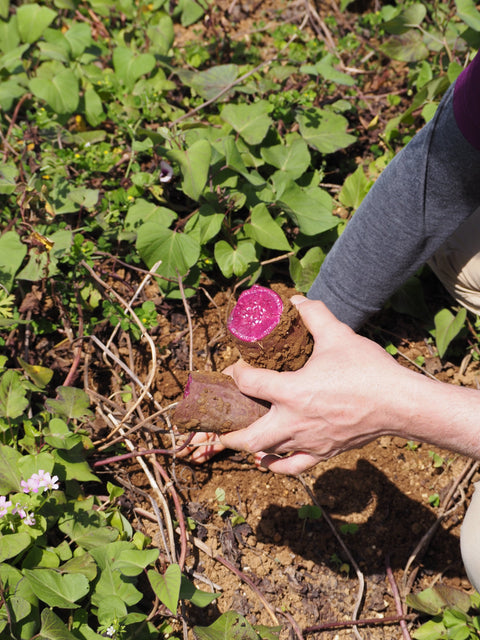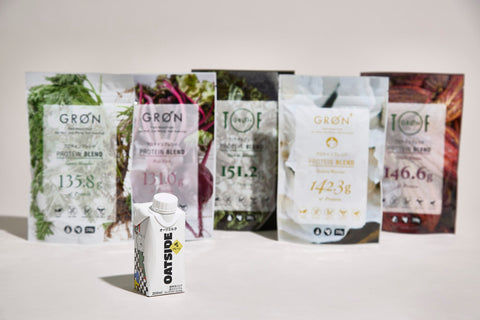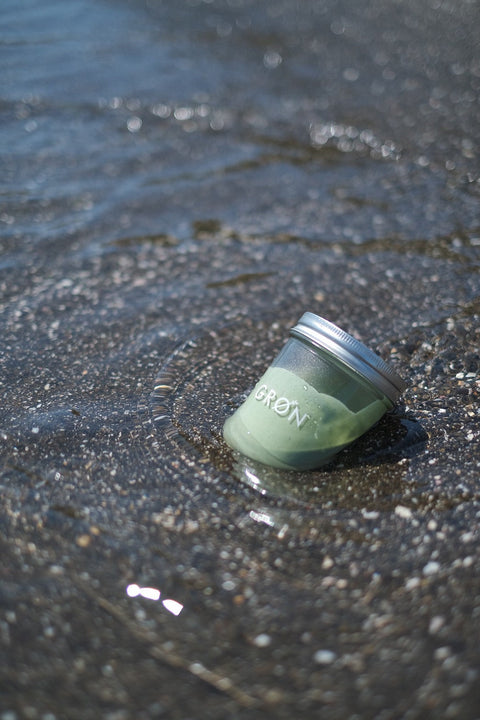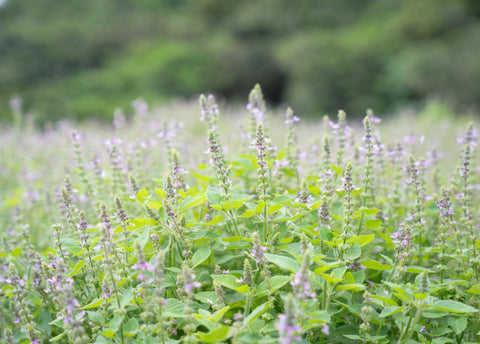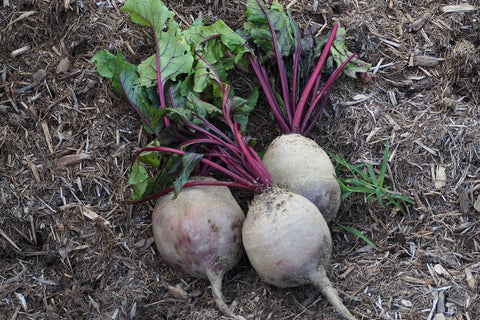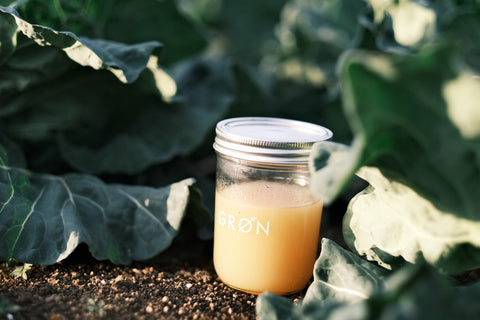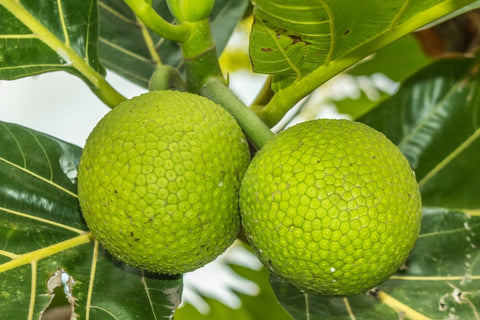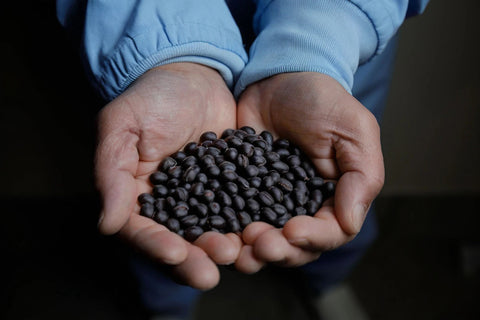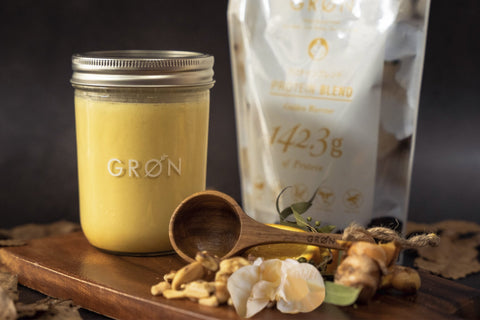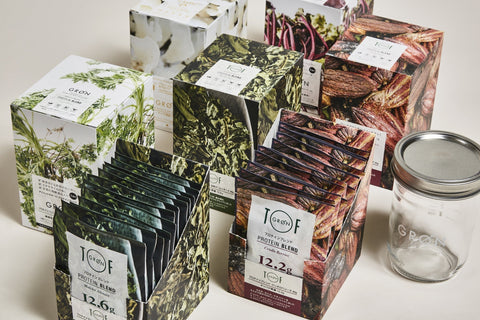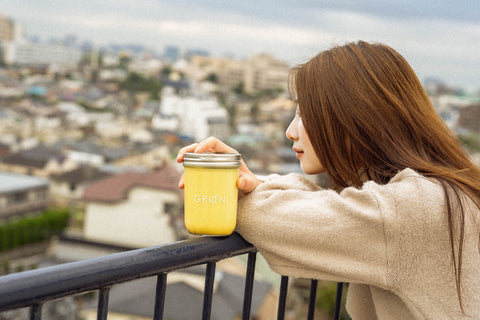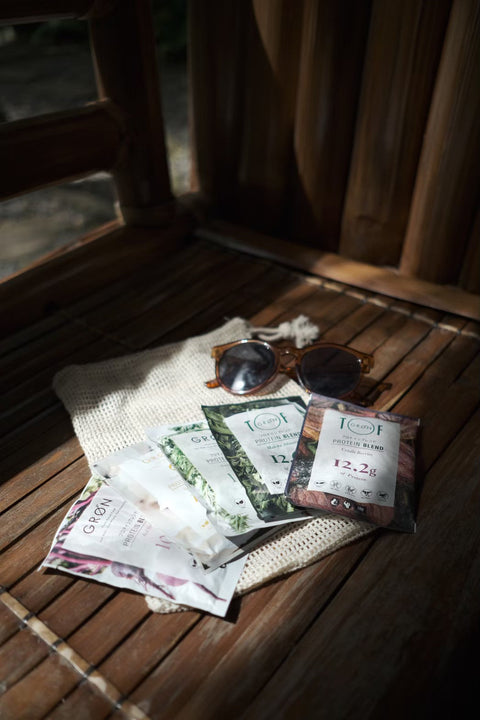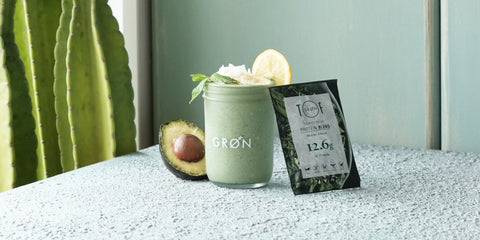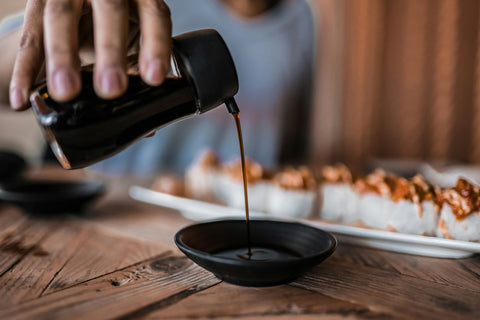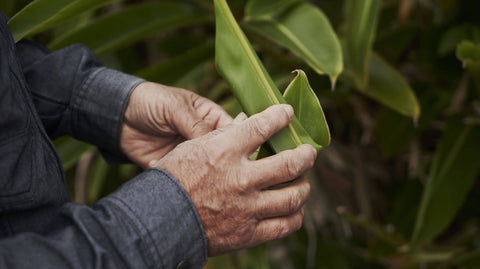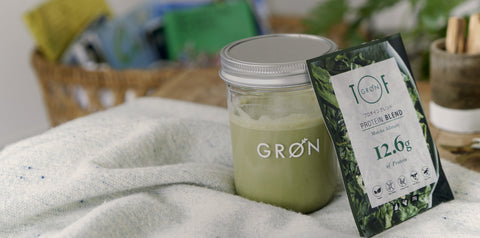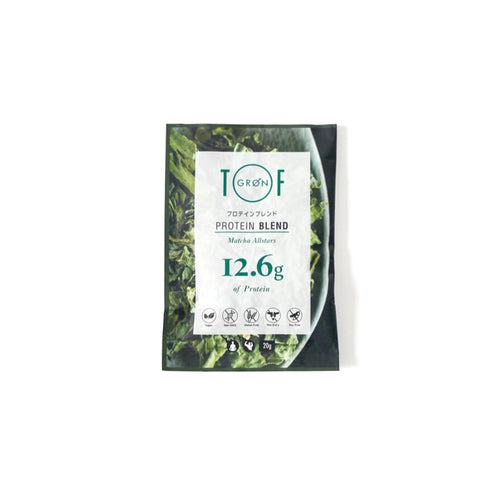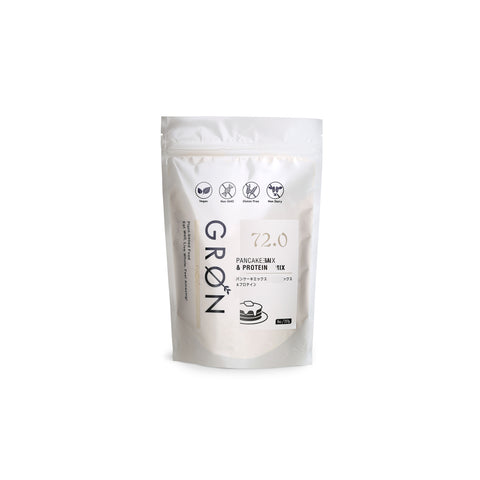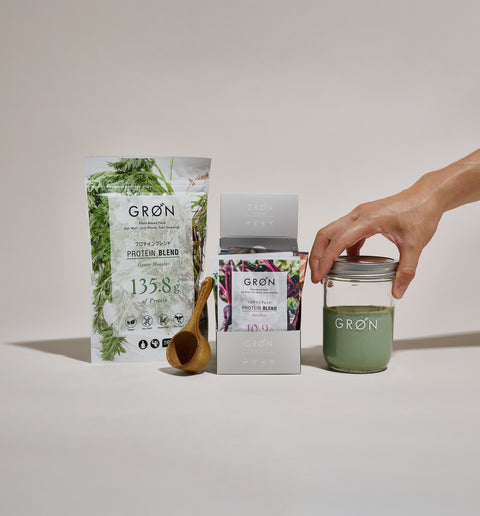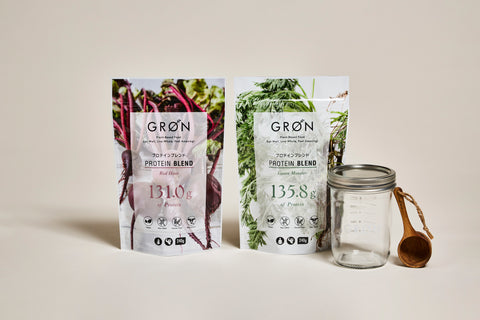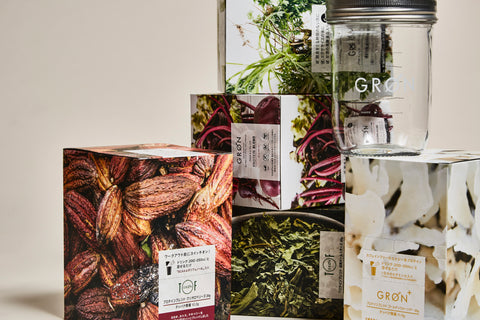Tea as Medicine (History of Tea) -Nutritionist's Column Vol. 13 (Part 1)-
Tea as medicine
Tea is a drink that has been deeply rooted in Japanese life for a long time.
This time, I would like to talk about the history of tea from the perspective of medicine.
When eating a meal.
When eating sweets.
When you want to calm down.
When entertaining.
It seems that tea is always present in the uniquely Japanese "omotenashi" hospitality.

The History of Tea - China -
Tea originated in China.
It is said that tea first appeared in Chinese history through the story of Shennong.
It is said that Shennong detoxified himself by eating wild herbs and tea leaves, and based on this legend, it is believed that tea was discovered around 2700 BC, during the time of Shennong.
Tea was drunk as medicine.
Later, in the Han Dynasty medical book "Shennong Benmatao Jing," there is a passage that states, "If tea tastes bitter, it makes the person who drinks it think better, less prone to bedridden, light in body, and clear-sighted." It seems that from this time on, drinking tea became a daily habit and it was enjoyed mainly by the upper classes as a luxury item.

According to the book "Guangya" from the Three Kingdoms period, tea was made by rolling tea leaves into mochi-like balls, roasting and pounding them, pouring hot water over them, and mixing them with tangerine peels, green onions, ginger, etc., and boiling them all together to make a medicinal soup.
During the Tang Dynasty, the custom of drinking tea spread throughout the country, and during the Qing Dynasty, Chinese tea leaves and tea utensils were almost complete, and tea culture reached its peak. Green tea (oolong tea) was developed in Fujian Province, and it became a favorite drink along with "flower tea."
The History of Tea in Japan
Meanwhile, in Japan, it is believed to have been brought over by envoys to the Tang Dynasty and monks studying abroad during the Nara and Heian periods, when Japan was trying to learn and adopt China's advanced systems and culture.
The Nihon Koki, written in the early Heian period, states that "Daisozu Eitada prepared tea at Bonshakuji Temple in Omi and presented it to Emperor Saga." In the Kamakura period, Eisai, the founder of the Rinzai sect of Buddhism, traveled to China in the Song dynasty to study Zen Buddhism, and is said to have seen and heard that drinking tea was a popular pastime at Zen temples. After returning to Japan, he wrote Japan's first specialized book on tea, Kissa Yojoki, in which he explained the benefits of tea.
In "Kissaten Yojoki," it is written that drinking tea strengthens the heart, cures hangovers, and prevents illness, so "tea is an elixir for health."
When tea was drunk in Japan for medicinal purposes, it seems that it was often sweetened with kudzu or given a spicy flavor with ginger.
I hear that it became popular among the general public as a recreational drink in the early Edo period.

As a superfood
Tea has a history of being used as medicine.
Among them, matcha has been attracting attention from around the world in recent years as a superfood.
*The matcha used in GRØN's protein blend Matcha All-Stars . (Added 4/4/2020)
In the second part, I will talk about matcha.
<GRØN products that have appeared>
Protein Blend Matcha All Stars 20g
Nutritionist's Column Vol. 13 ~ Tea as Medicine (Part 2: Nutrients in Matcha)
——————————————————
Nutritionist, Food Education Instructor, Food 6th Industrialization Producer Level 4
Ayako Ishihara
A nutritional advisor in the healthcare field and an agribusiness professional.
She is involved in a variety of activities specializing in the fields of beauty and health, including giving lectures to Miss World Japan candidates.
With the philosophy of "enriching the mind and body through food and realizing a vibrant society where people and communities are connected," he founded i-Field Co., Ltd. in 2013 and serves as its representative.
He is a core member of the food team for "DINING OUT," which opens outdoor restaurants in various regions, and also participates in fashion brand projects.
She is also involved in the promotion of local ingredients, product development and production specializing in "health" and "beauty," branding, concept design, food hygiene, sales promotion, training planning and management, etc. She is in charge of nutritional supervision for GRØN's product development, proposing ways to incorporate them more effectively into consumer health.
——————————————————
Photos by Moeko Sawada







